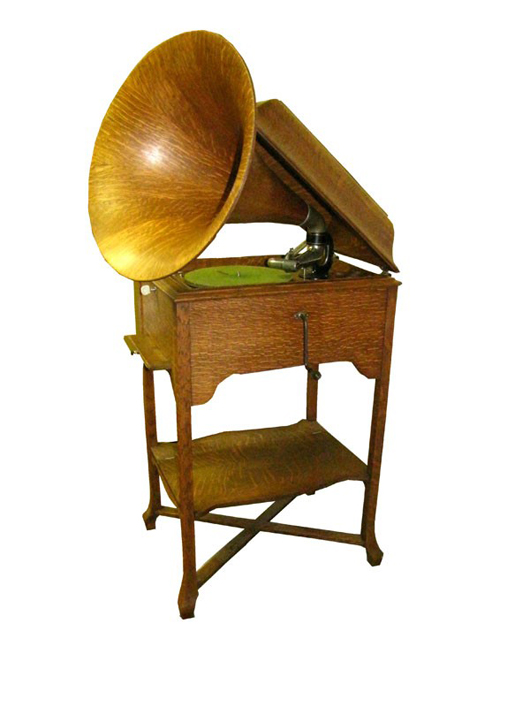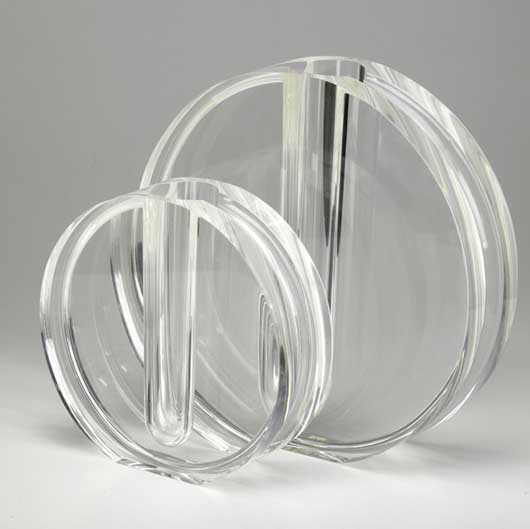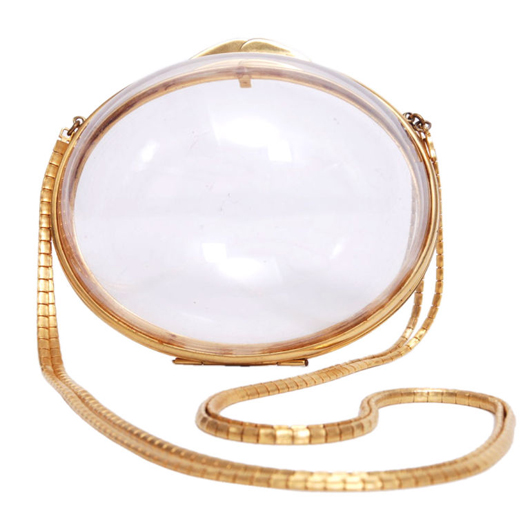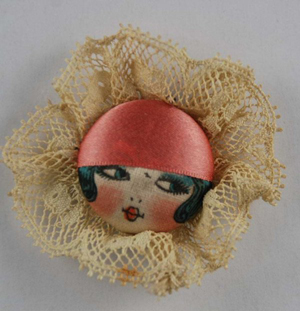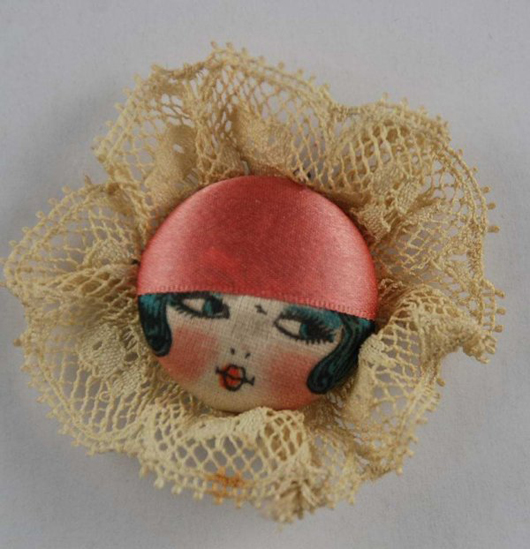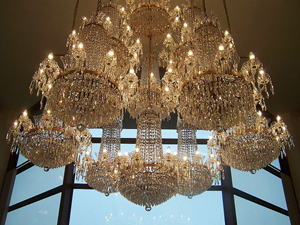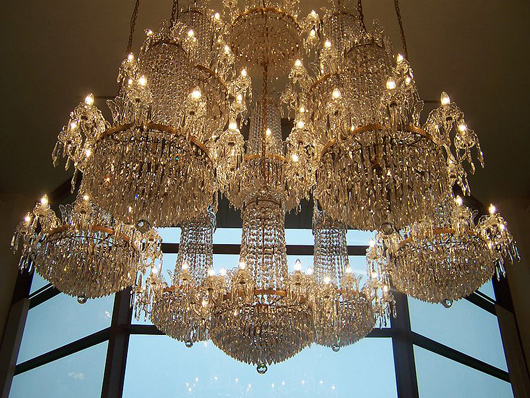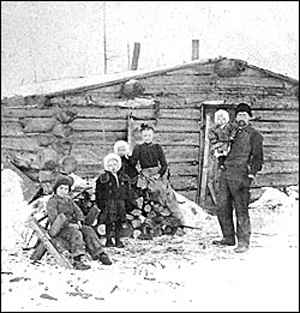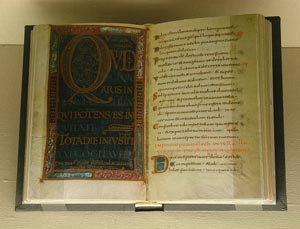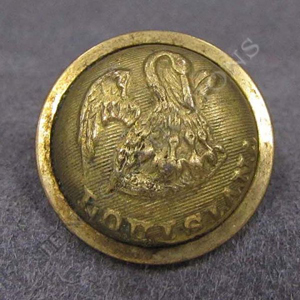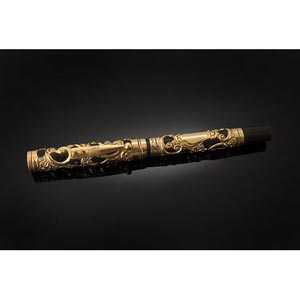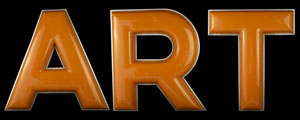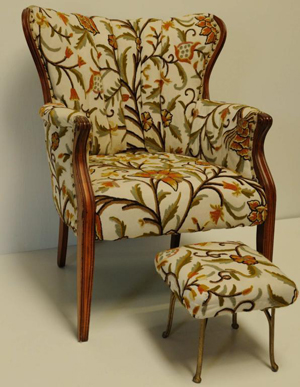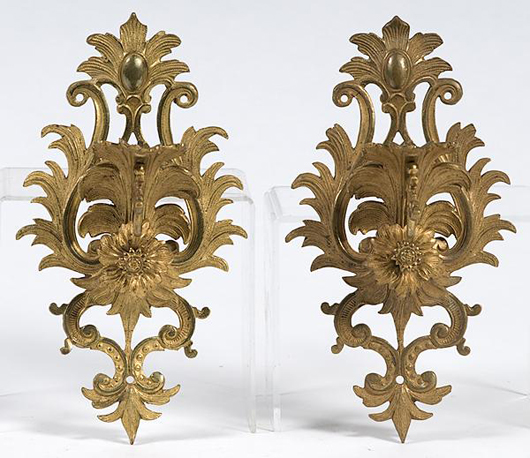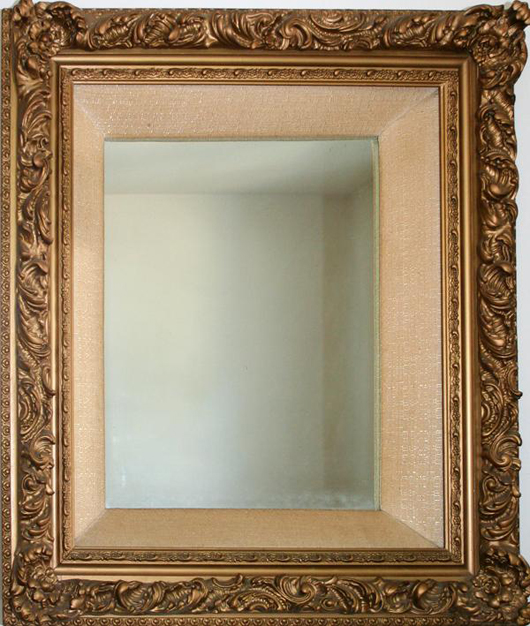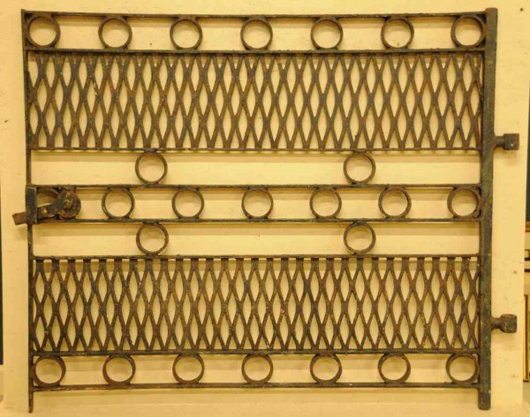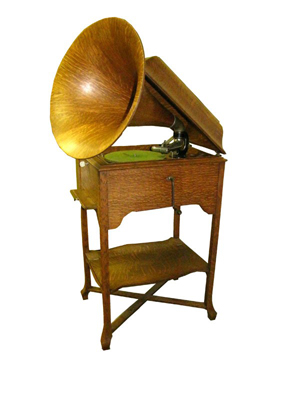
A stainless-steel needle hit the platter’s grooves. There was a crackling, then the vibrant, patrician voice of President Franklin D. Roosevelt jumped out, announcing to Americans that they had just lived through a day of infamy, but that the foe would be fought and vanquished.
“Every time I hear that I get tingly and emotional,” said Stone, who lives in Northglenn. “Just listen to the anger in FDR’s voice. He’s telling the country we’re going to war, yet no one could imagine what lay ahead.
“It’s as if you’re sitting in front of a tube radio on a cold December evening in 1941.”
The lure of owning an aural time tunnel – in this case a Victor II Humpback Phonograph from 1904 – is what binds Stone and his fellow collectors in the Old West Antique Phonograph Society.
“It’s an addiction, I’ll be honest,” Stone said. “You get hooked on it, and if you’re not disciplined it becomes an obsession.”
The machines are marvels, embodying a timeline of technological innovation that started when Thomas Edison – he of the 1,093 U.S. patents – launched the Edison Speaking Phonograph Co. in 1878. (“Phonograph,” for the record, was Edison’s coinage.)
There is also a deep aesthetic appeal. Cabinets were fashioned by master craftsmen from fine woods such as mahogany, quartersawed oak and bird’s-eye maple.
Price tags on the machines run from hundreds to thousands of dollars. Collectors vie for them on Craigslist and eBay.
“Each of these has a different story,” Stone said of his 10 machines. “They’re amazing. They were all handmade, and the wood they used was beautiful. You just don’t see that today.”
One of his prizes is a Victrola 18 model from 1915. Housed in a burnished mahogany cabinet, the machine cost $315 in its day – more than a car. It was later modified with an orthophonic speaker, an upgrade that was sort of the Dolby system of its day.
“It’s my pride and joy,” he said.
Stone’s wife is good-natured about his collection, referring to the parlor as the “toy room,” though lately she has imposed a “buy a new one, sell an old one” caveat.
She probably hasn’t seen Bob Stapel’s house.
On a recent evening, club members descended on Stapel’s house in southeast Denver. Stapel is a popular figure among these folks, in no small part because he’s a master repairman and restorer of the machines.
Stapel’s house is something of a museum to the early recording industry. The shelves of his workshop, redolent of machine oil, sag with spare parts.
His collection includes numerous players from early in the last century: an Edison William & Mary model with an intricate filigree, a couple of French Pathes, and a Columbia AF Graphophone with two rubber earplugs, just in case your teenager was driving you nuts playing Over There.
Stapel also collects ephemera, and Stone pointed out a turn-of-the-century record-cylinder cabinet that he covets. “I’m still trying to find one,” he said.
For Stapel, who is an attorney, scoring the wooden box was the result of a practiced eye.
“The lady I bought it from called it a lingerie drawer, but I saw the pegs in it to put the cylinders on, so I knew what it was,” he said. “It was a real find.”
Club member Fred Williams delights in cylinder players, where a steel needle traced a mechanical track across a spinning wheel. One of his machines is an Edison General, built in 1899 as an answer to the 1898 Columbia Model Q, with its “clockwork” motor.
His passion runs deep.
“It’s all about the hunting,” he said. “See this? It’s a recording of President William Howard Taft. An original, from 1905, not a rerecording. Who else has that? Me.”
Some record collectors specialize, concentrating on vaudeville acts, historical recordings or the works of a specific artist – say, pianist Jelly Roll Morton or Bix Beiderbecke, the cornet titan.
There are other collector niches too.
Curt Vogt specializes in the record brushes used to keep 78s clean. They are housed in their original ornate tins, many of them stamped with the colorful logos of the stores that carried them. Vogt pointed to a cabinet holding an array of tins, brands from such labels as Okeh and the American Musician Co.
“When I started collecting, I couldn’t really afford the machines themselves,” said Vogt, who works at Rockler Woodworking and Hardware in Denver. “Plus, I was in the Air Force, and most of the machines don’t meet the weight restrictions for traveling.”
Stone has several hundred recordings, culled mainly from auctions and to a lesser extent from antiques stores. “Stores aren’t the best place to find things because they’re often picked through and it takes hours to go through the stocks,” he said.
The recordings recall another time.
Listen to Stone’s century-old recording of The Star- Spangled Banner through a conical, “witch’s hat” horn, and you hear a version of the song with none of the melisma and swooping vocal tricks found in performers at today’s ballgames. The singer gets the words right too.
Funny thing, how once- cutting-edge technology is reduced to an archaic novelty. Sony’s Walkman is nearly there. The iPod will be there soon enough.
Somehow, it seems doubtful these inventions, in their compact plastic casings, will enthrall people on the cusp of the 22nd century.
“I bring kids in from the neighborhood, and they look at these machines with practically no reaction,” Stone said. “They’re puzzled by it. Then I play them something, and they’re mesmerized.”
___
Information from: The Denver Post, http://www.denverpost.com
Copyright 2011 Associated Press. All rights reserved. This material may not be published, broadcast, rewritten, or redistributed.
AP-WF-05-19-11 0036GMT
ADDITIONAL IMAGE OF NOTE
